Best RBT Career Path: Is RBT A Good Career?
The best RBT career path is one that pertains to Applied Behavior Analysis.

What Is the Best RBT Career Path?
The best RBT career path is one that pertains to Applied Behavior Analysis.

People that are seeking out a rewarding career path with plenty of room for growth and a good income are increasingly interested in ABA.
According to information gathered by the US government, the number of people employed in the field is expected to rise in the next decade.
Now is the ideal time for soon-to-be RBTs to take steps in moving forward with their ambitions. However, knowing where to begin can be a challenge.
The majority of people going into the ABA field do so as Registered Behavior Technicians. There are no requirements for hopefuls to have any experience in the profession.
Most positions involve hands-on training with the company that's chosen by the applicant. Although college might be preferred, many companies take on new employees with a high school diploma.
Lots of potential for future growth
For many RBTs, the opportunities for further positions and education don't stop.
Some RBTs later decide to pursue a Bachelor's or Master's, whereby they can move to higher positions. Case management is a popular one. It involves the implementation of programs for clients that are in ABA sessions. They also manage other RBTs.
If a Master's is done, more classes can be taken to become a BCBA. BCBAs are mentors and practitioners, overseeing the entire operations of an ABA center. All of these can begin with applicants in pursuit of an RBT.
Is RBT a Good Career?
An RBT is a good career choice since it opens up so many doors for growth in different fields of psychology and patient outreach.
The opportunities of an RBT are endless. Statistics indicate a swift rise in the number of kids and adults with behavioral disabilities. While some of this can be due to less stigmatization of the diagnosed, general population increases are also a factor.
Care for people with autism has become better and more easily reachable to the general public, with many states requiring children with a diagnosis to be covered by their parent's insurer. As a result, care has improved, and so has the demand for well-trained RBTs. Without them, it would be impossible for ABA centers to function.
Many school districts now feature teachers and staff that are trained as RBTs as well. Over half of all RBTs work in the educational field. About a quarter of RBTs are employed in medical positions, such as hospitals and associated clinics.
Online, numerous websites contain good information about RBT careers. Prospective applicants can gather important material and advice from knowledgeable sources.
RBT careers aren't confined to just schools and centers that work with kids. Some even work with pets such as dogs, helping to train them using skills like positive reinforcement.
Can You Make a Lot of Money as an RBT?
Although the averages change from state to state, RBTs can make a lot of money.
Since RBTs have lots of opportunities for the progression of their career path, the amount of money that's possible for them to make can potentially go into the six-figure range. But on average, most RBTs at entry-level take home about $30,000 a year.
Once experienced, RBTs can easily pull in $44,000. But since being an RBT opens up the door to more certifications and licenses, such as a BCBA, an even higher salary is possible to attain. RBTs with the highest salaries tend to work in areas where the cost of living and inflation is higher.
Is Becoming a RBT Easy?
Becoming an RBT isn't easy but is incredibly worthwhile.
In the day-to-day activities of an RBT, they're on the front line. They work hands-on with clients and are responsible for understanding the programs created by their superiors, including how information about them is gathered.
They know all plans involving interventions without having to read up on them as they're needed. Proficiency in all reinforcement principles is mandatory.
Additionally, data should be written down regarding all interactions with clients. RBTs must work swiftly at times and adhere to all plans set forth by BCBAs. Above all, RBTs are to help motivate clients in a way that shows positive results to the parents of clients.
RBTs are expected to work well with people of various ages, but especially children. Many of the clients that are prescribed ABA courses are diagnosed with autism, a disorder that RBTs are thoroughly trained on. People with autism sometimes display taciturn behaviors where speaking is difficult.
Others might be highly emotional and exhibit tantrums and self-harming actions. When such incidents occur with clients, RBTs must know how to react, document, and implement strategies to mitigate their unwanted behavior. However, all of this is taught to RBTs during their period of training.
Recent News
Related articles
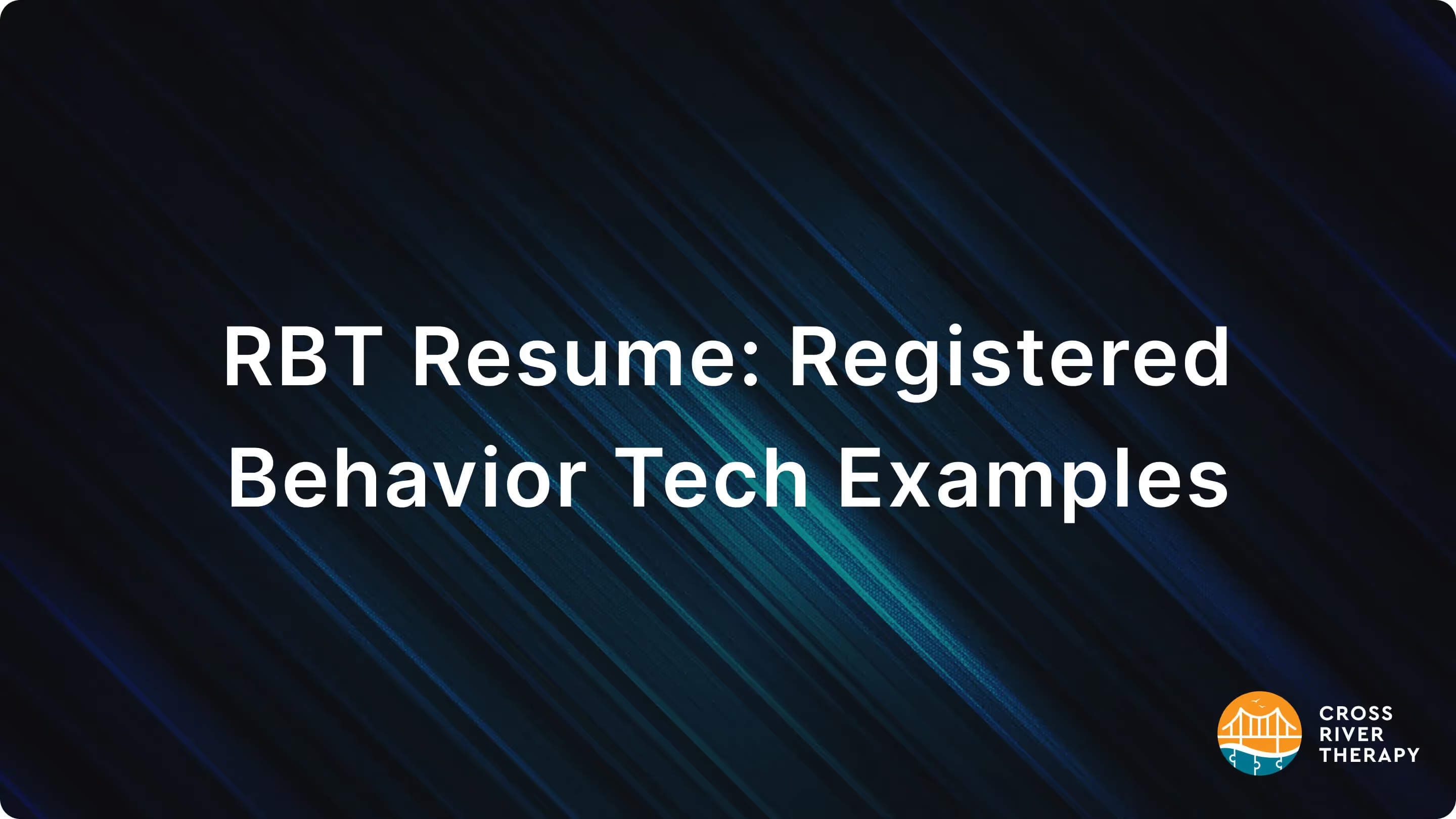
RBT Resume: Registered Behavior Tech Examples
Working with children as an RBT is tough but rewarding. Find out how to write your RBT resume to land your dream job.

What is an RBT?
Learn what is an RBT, what they do, and more in this guide.

Is RBT Certification Worth It?
Find out if RBT certification is worth it in this guide. Spoiler: it is!
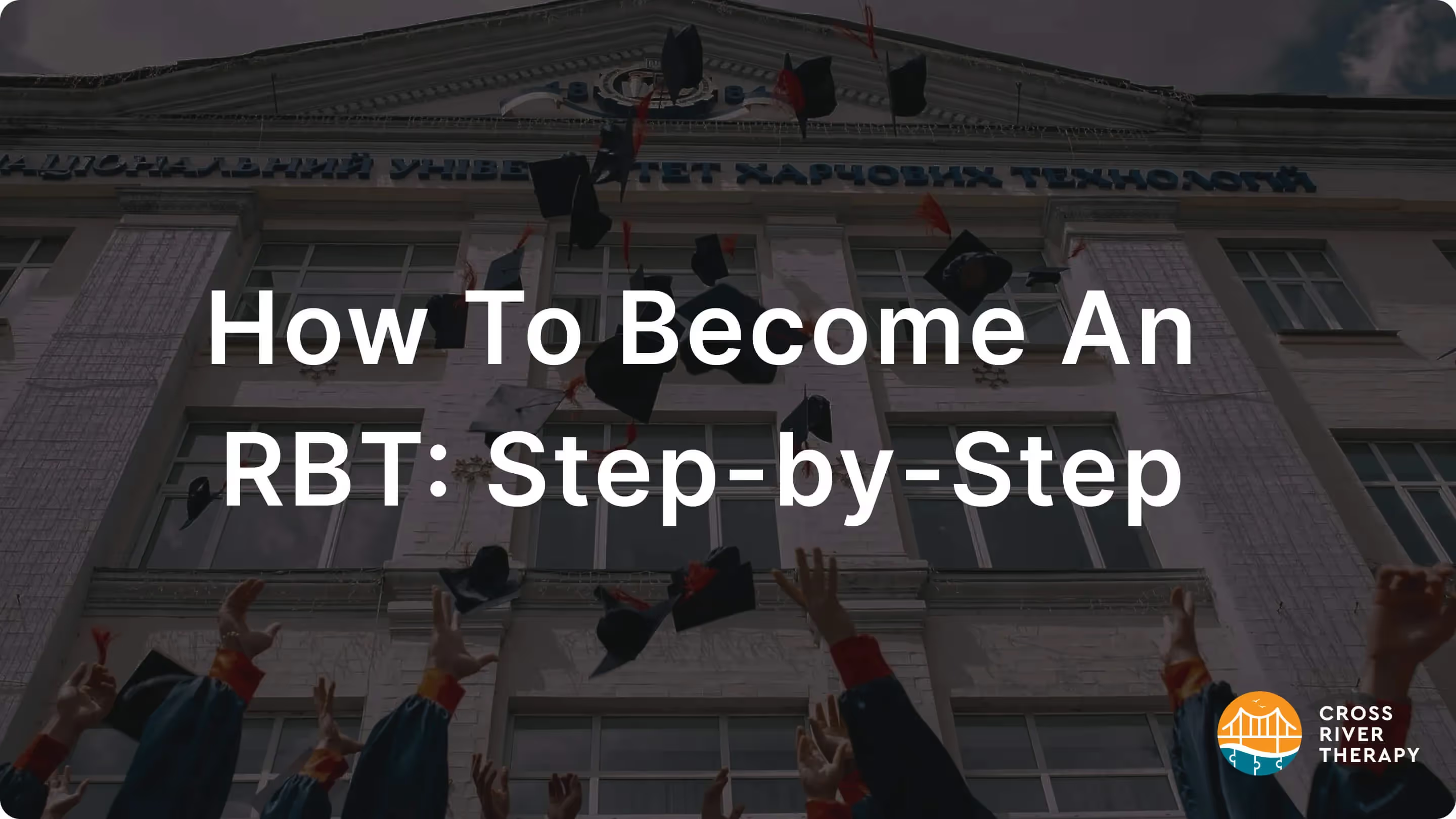
How To Become an RBT (Step-by-Step)
Learn how to become a registered behavior technician (RBT) in this step-by-step guide.
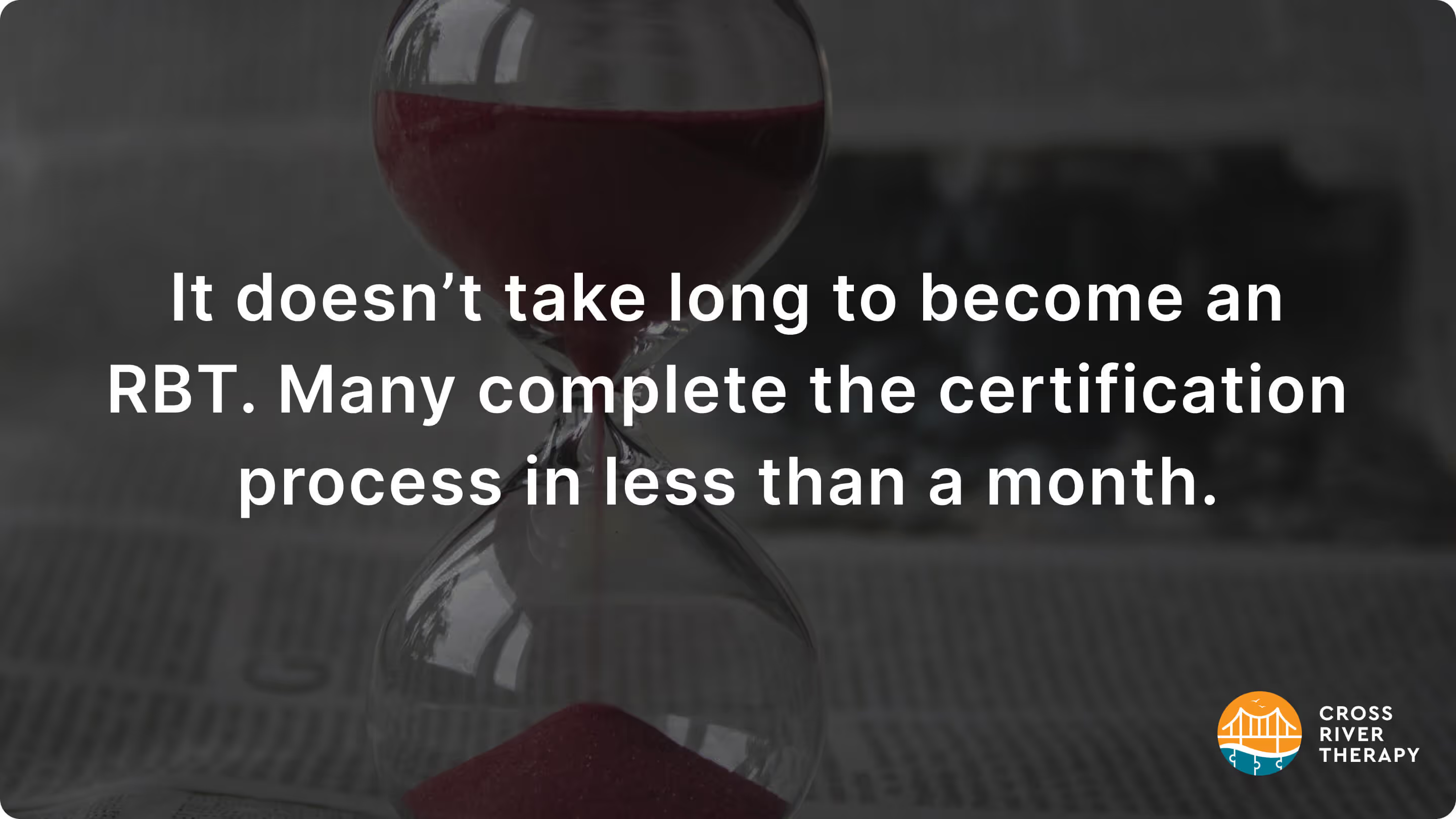
How Long Does It Take To Get RBT Certification?
It doesn’t take long to become an RBT. You're required to complete a 40-hour training course and then pass the RBT exam, which many people can complete in less than a month.

RBT Renewal Application: How To Apply & Prepare
This is a complete guide on the RBT renewal application process. Learn how to apply and prepare today.
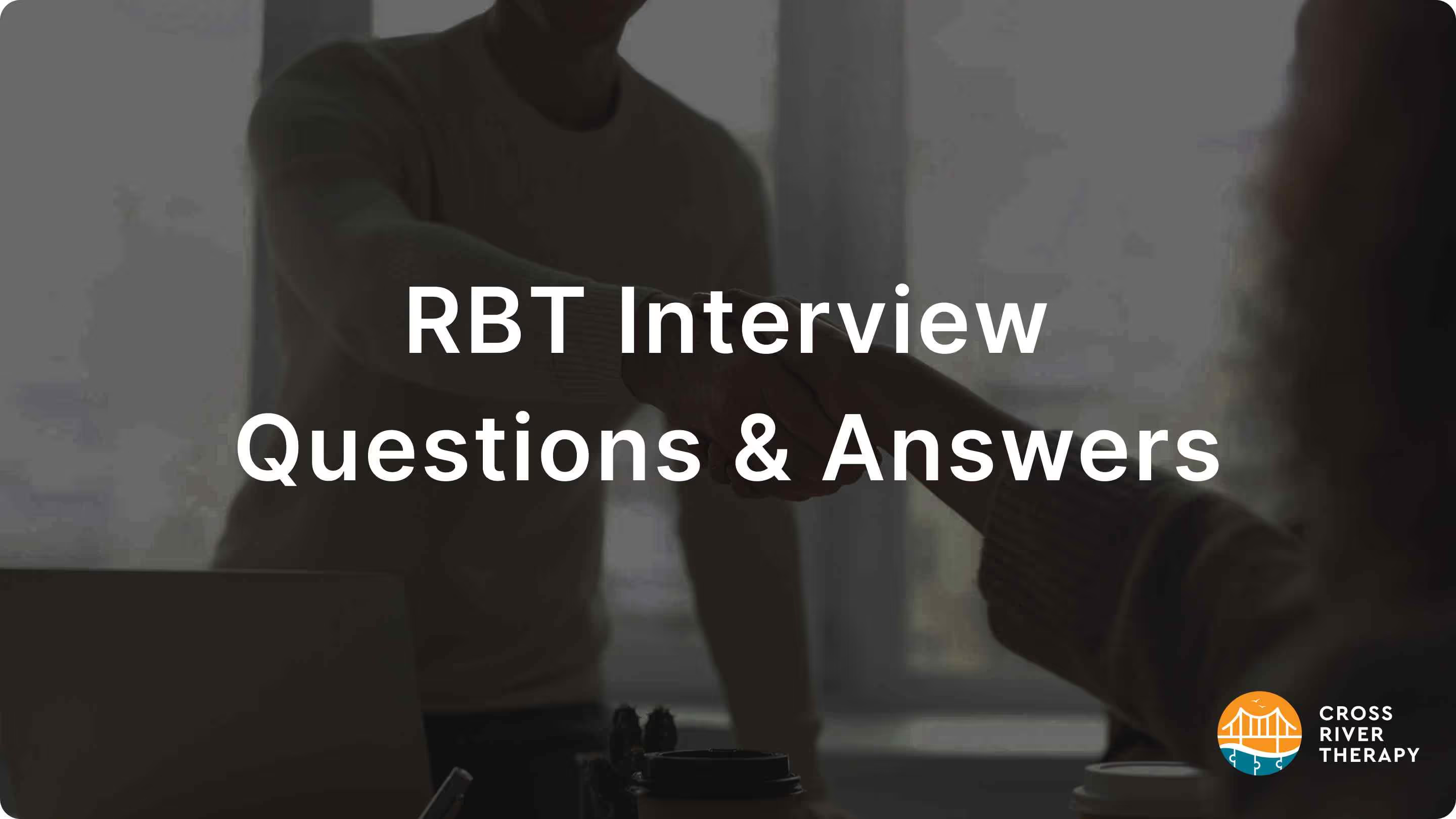
Registered Behavior Technician Interview Questions & Answers
Find the most common RBT interview questions + answers to them in this guide.

Find Free RBT Training Near You
RBT training opens up the door for therapists to easily start up their careers in the field of Applied Behavior Analysis.
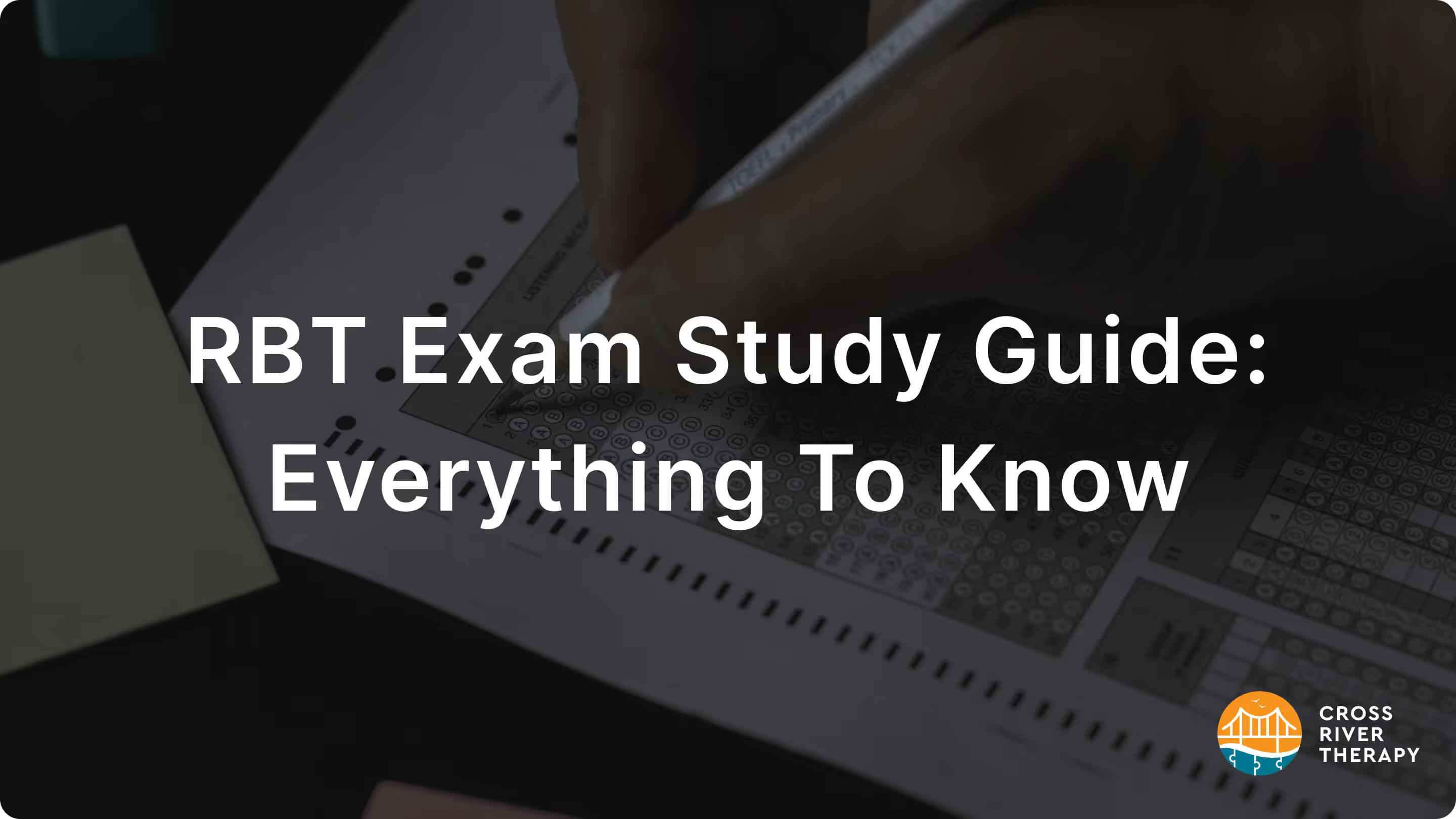
RBT Exam Study Guide: How To Pass
This RBT exam study guide should help you prepare for (and pass) the RBT exam.

Best RBT Career Path: Is RBT A Good Career?
The best RBT career path is one that pertains to Applied Behavior Analysis.

Registered Behavior Technician (RBT) Cover Letter [Guide]
Here is a guide to making an RBT cover letter, and some examples of incredible behavior technician cover letters we’ve seen.

RBT Certification Cost: What To Know
The average cost of RBT certification is between $100 to $400.

